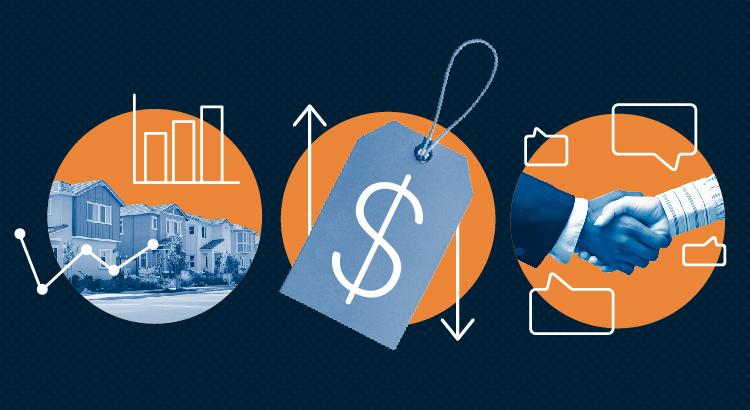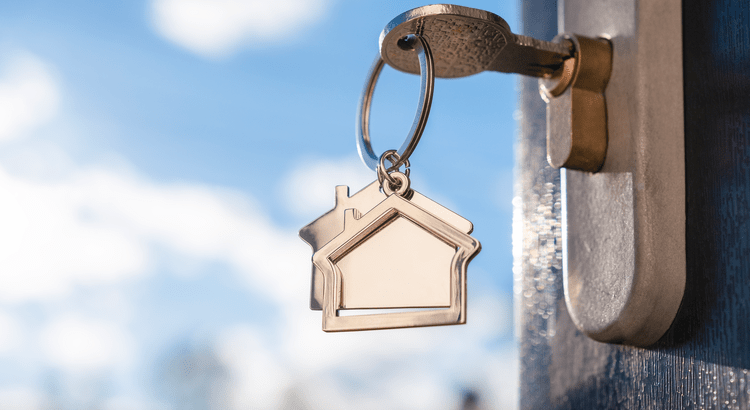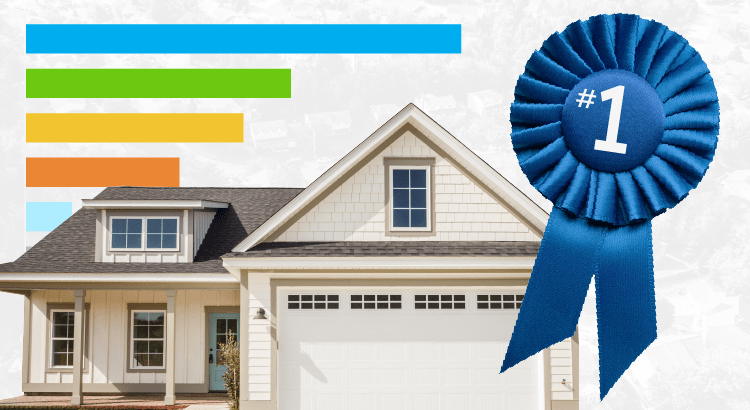
When you decide to buy your first home, you may come across a number of terms and conditions you’re not familiar with.

When you decide to buy your first home, you may come across a number of terms and conditions you’re not familiar with.

Should you buy a home now or should you wait?

You want your house to sell fast. And you may be wondering how long the whole process is going to take.

As we move into the second half of 2024, here’s what experts say you should expect for home prices, mortgage rates, and home sales.

Considering selling your house without an agent? You should know there are some serious downsides to handling it on your own.

Summer is officially here and that means it’s the perfect time to start planning where you want to vacation and unwind this season.

There’s no denying it’s gotten more challenging to buy a home, especially with today’s mortgage rates and home price appreciation.

Chances are you’re hearing a lot about mortgage rates right now.

The 2024 Presidential election is just months away.

According to a recent poll from Gallup, real estate has been voted the best long-term investment for twelve straight years.